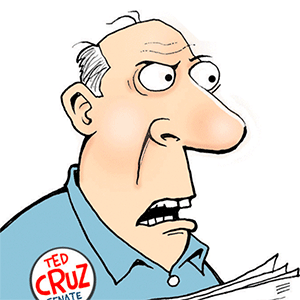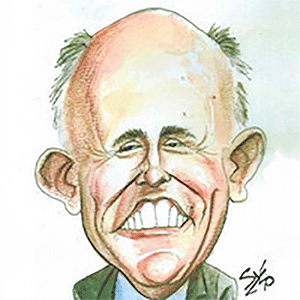Neutral news sources could exploit today’s polarized mediascape to boost revenue − here’s why they may choose not to
Published in News & Features
Even news outlets perceived as politically neutral can benefit from today’s polarized media environment.
The past decade has seen a surge in partisan online news sites that patently skew toward one side of the American political spectrum, from the right-leaning Blaze Media to the openly liberal Axios. Money is a primary driver of this media polarization: User engagement translates to dollars in subscriptions or advertising. Online news outlets’ revenue depends upon attracting eyeballs from an increasingly polarized reading public known to avoid journalism that does not confirm their existing biases.
Surprisingly, those same dynamics can also attract readers of all stripes to officially nonpartisan outlets. That’s the unexpected takeaway of a paper I co-authored and published in the June 2024 issue of the Journal of Management Information Systems. It found that news sources perceived as unbiased can sometimes tweak their story presentation to appeal to partisans.
That is good for their bottom line, at least in the short run – but it may not be great for American democracy.
My co-authors and I studied the interplay of political partisanship and competition for audience attention between three hypothetical news outlets: one left-wing, one right-wing and one centrist.
In a series of studies using computer models and game theory, we simulated news outlet competition in different types of media markets, including one with minimal regulation, such as the United States.
Research shows that as American readers have grown more partisan over the past 30 years, so have many American news sources. At the same time, a handful of websites perceived as neutral, such as The Hill and Reuters, have gained prominence without much controversy.
We wanted to know: How might the U.S. “marketplace” of information with increased polarization evolve?
Our model assumed that, in a market with minimal regulation, competition among news media firms is a main driver of change.
Surprisingly, we found that news outlets perceived as relatively neutral may have a competitive advantage over partisan media on both sides because they can still shift rightward or leftward. Unlike publications with an already well-articulated political niche, centrist media retains the flexibility to slant.
This partisan tilt could begin with small, isolated wording changes. But if those tweaks draw increased engagement from partisans, neutral news websites would be encouraged to advance toward a more permanent polarization.
Essentially, they’d test the boundaries, seeing how far to the left or right they could tack without losing their perceived neutrality.
Many avowedly neutral websites have recently been accused of becoming more partisan, a charge they deny.
The Associated Press, a venerable American wire service, was criticized in July 2024 for allegedly using language favoring President Joe Biden over former President Donald Trump. In 2019, the owner of the politics website The Hill, Trump associate James Finkelstein, came under fire for the website’s “conspiratorial” coverage of Biden’s dealings in Ukraine.
Still, a few doggedly neutral online outlets remain.
The website AllSides categorizes news stories as “from the left,” “from the right” or “from the center.” It names about 10 news sources widely read by Americans as “unbiased.” Among them are Newsweek magazine, the U.K.-based news agency Reuters and The Hill, which recovered its centrist footing after it was sold by Finkelstein in 2021.
Our research indicates that these doggedly centrist outlets could attract a larger, more partisan readership by shifting their presentation style slightly to the right or left.
Initially, that might be a good thing: Reading more centrist news would get these readers out of their partisan echo chambers. However, our findings suggest that, over time, engagement from partisans would encourage previously neutral outlets to pander to said partisans.
Polarization sells better than neutrality, but at the cost of journalistic objectivity.
The loss of unbiased media would not be good for American democracy.
Democracies need an informed electorate that makes political decisions based on fact, not dogma. The media plays an essential role in this task, as U.S. law once recognized. The 1949 fairness doctrine of the Federal Communications Commission required broadcast networks to give airtime to differing opinions on public matters.
The agency formally repealed the doctrine in 1987, citing First Amendment concerns. Similar constitutional issues would likely prevent the revival of the fairness doctrine and stymie the creation of any similar constraints on digital and print media today.
Barring direct intervention from regulatory authorities, neutral news outlets have an economic incentive to win the battle of the online press echo chambers. Seizing it would eliminate one remaining forum for fact-based discourse.
This article is republished from The Conversation, a nonprofit, independent news organization bringing you facts and trustworthy analysis to help you make sense of our complex world. It was written by: Abhishek Ray, George Mason University
Read more:
People think they are much better at understanding others than they actually are – new research
Local elections are less partisan because voters will cross party lines when issues hit close to home
Fox News uses the word ‘hate’ much more than MSNBC or CNN
Abhishek Ray does not work for, consult, own shares in or receive funding from any company or organization that would benefit from this article, and has disclosed no relevant affiliations beyond their academic appointment.











Comments